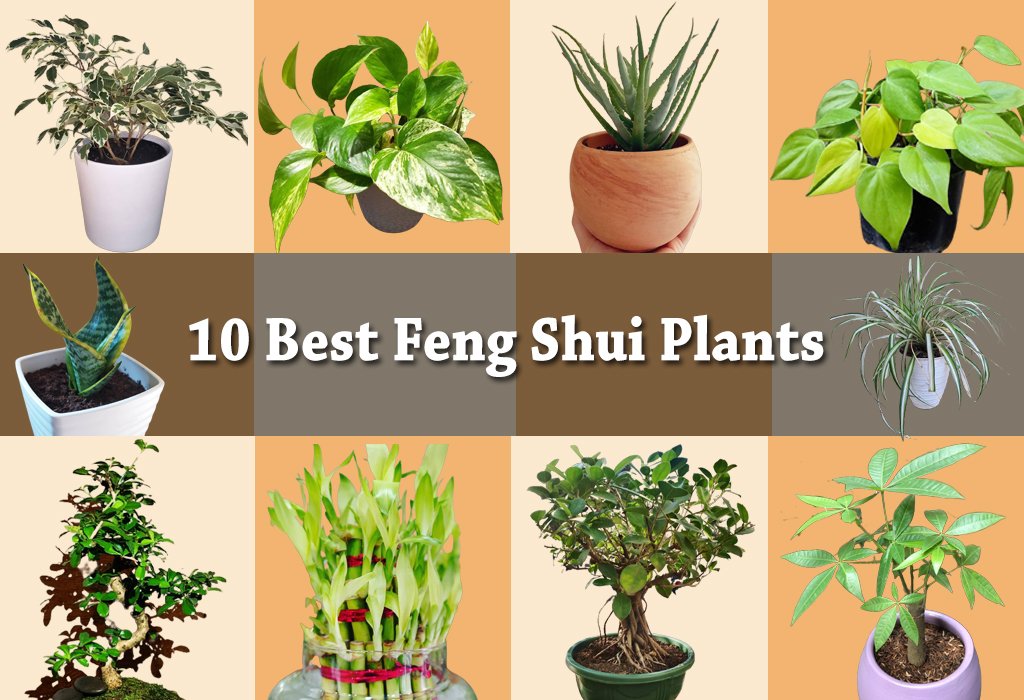Concurring to Feng Shui standards, houseplants can be fed and recuperating for your vitality. The Feng Shui Plants welcome the vitality of nature into your home or office. Place the plants within the key zones of your home, where they make an inviting feeling.
Put this plant on The most passages, the living room, and the feasting range. Feng Shui emphasizes plating the plants valuable for the environment and bringing good luck and wealth to your house.
So if you wanted to make your garden energetic, then plant Feng Shui plants. Here are Some of the best plants for Feng shui.
Best Feng Shui Plants for Your Home & Office
1. Money Tree

The money tree is the class of the family “Malvaceae.” They are local to Central and South America. The Money plant is additionally also known as Saba nut or Malabar chestnut. They are considered an image of good fortune and thriving. But they haven’t been all that long.
The money Tree could be an ideal indoor foliage plant to give you a tropical feel. It is with a braided stem and shinning green palm-looking leaves.
The Money Tree features expansive, shining green leaves that see awesome and includes life to a brightly lit room at domestic. It is said to bring luck and riches.
- Soil: A money tree needs sandy, peat-moss-based soil and soil with great drainage. It likes humidity.
- Water: Use the waste pot once water trickles from the pot’s foot, stop watering and purge the saucer. To anticipate root decay, make beyond any doubt your plant has never stood in water.
- Light: This Tree leans toward shinning indirect light. Keep them out of coordinated daylight.
2. Philodendron
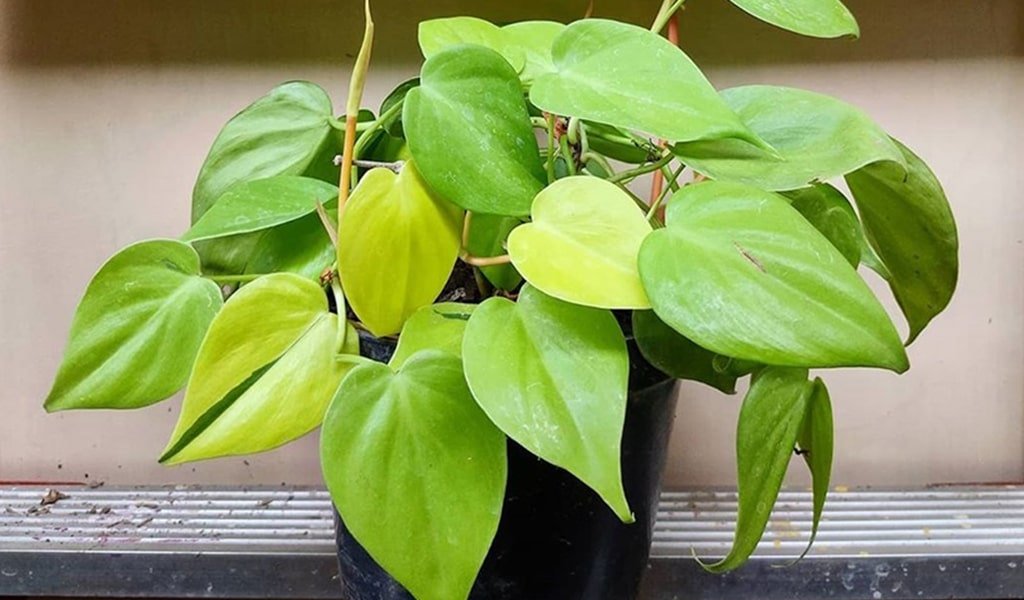
These is the flowering plants within the family Araceae. It is local to “America.” They are wonderful foliage plants. Philodendron is an evergreen-lasting vine. It has heart-shaped dynamic green leaves. It merits its claim great put where it can create its special magnificence.
They can sequester poisons like formaldehyde and clean the room discuss. The humble Philodendron offers an awesome unwinding Feng Shui energy.
- Soil: Philodendron grows best in soil that’s reliably damp but not saturated. The planes grow best in free, well-drained soil that’s tall in natural matter.
- Water: This plant doesn’t require about as much water. Water each 1-2 week. Over-watering them seems to hurt them.
- Light: It ought to be uncovered to the circuitous, shining light. They will endure moo light. As well, much daylight can cause the philodendron leaves to turn yellow.
3. Weeping Fig

Weeping fig plants are the genus of the family “Moraceae.” Typically, this is local to Asia and Australia. The Weeping fig genus of fancy plants could be an extension of exceptionally well-known species for developing inside. This plant is often a lovely, elegant plant. A few feathered creatures favour its little natural product.
This tree will grow to 30 m tall in normal conditions. Gleaming leaves 6–13 cm long. The changeable leaves are straightforward, whole and stalked. They are not difficult plants to develop. Weeping fig plants are climbing plants and leave for approximately 20 a long time.
- Soil: This plant needs well-draining, rich soil. Preparing blends ought to work well.
- Water: Weeping fig plants require steady but direct watering. Make beyond any doubt soil is fair soggy, not dry. The bigger plant needs more water.
- Light: Weeping fig likes shining, circuitous daylight. It needs normal room temps.
4. Snake Plants
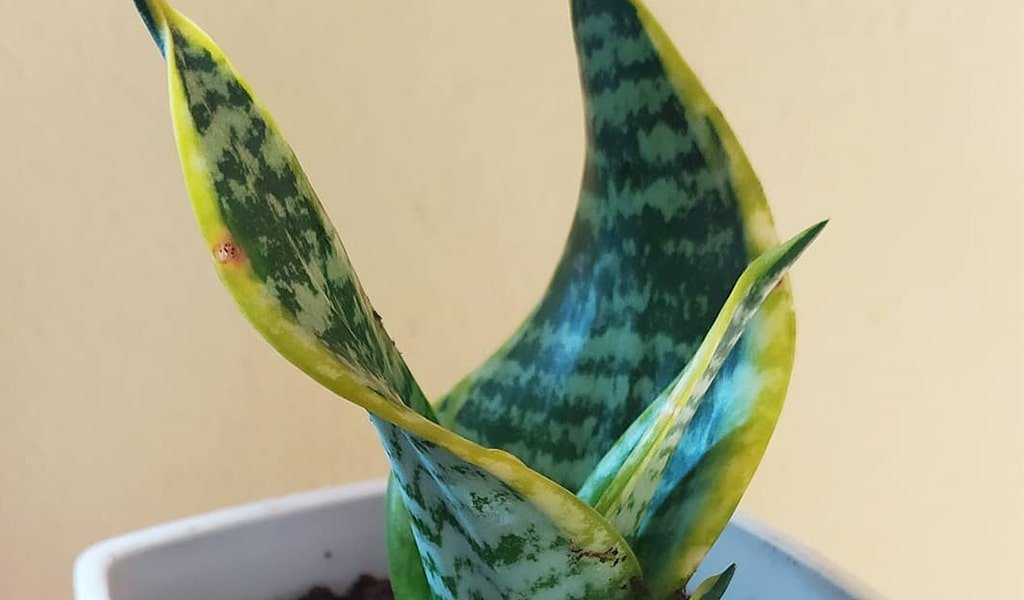
Snake Plant is the class of family “Asparagaceae.” Typically native to tropical West Africa from Nigeria. This plant is often one of the only prevalent and solid species. Wind Plant could be a classic houseplant that has picked up popularity advanced and modern.
Snake plants can tolerate most indoor conditions. Snake plant assimilates poisons and discharges oxygen. The plant to induce freed of toxic substances such as formaldehyde, xylene, toluene, conjointly nitrogen oxides.
- Soil: Snake plants do best with a free-draining soil blend. Normal preparing soil is utilized; at that point, including pellet and/or coarse sand may be a must.
- Water: Water when the soil dries out. The perfect way to tell when your plant needs watering is to touch the soil each week.
- Light: They develop more rapidly in brighter light and lean toward in backhanded light, but solid coordinate daylight burn leaves.
5. Hedgehog Aloe
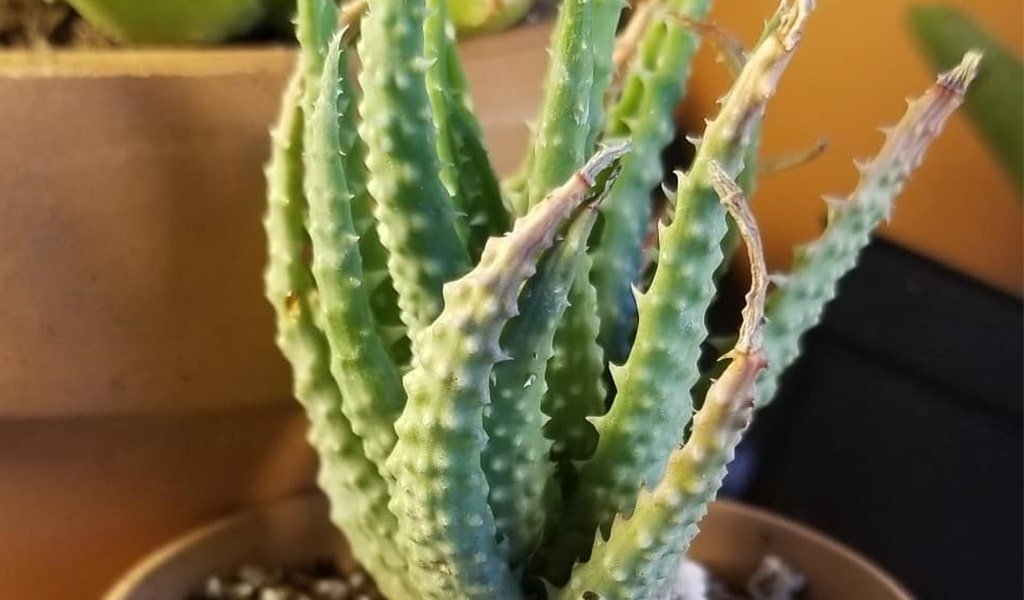
Hedgehog Aloe is the genus of the family “Aloe humilis”. This plant makes a very impressive blue-green take-off and will frequently create interesting spikes of coral-red blossoms within the spring and late summer.
It may be a culminate plant for frenzied family units or first-time proprietors. This plant develops 1-2 ft in height. It is additionally a tolerant plant that can endure disregard and is simple to care.
Hedgehog is utilized to treat skin conditions and wounds. It includes a defensive or dynamic vitality to space. It’s too an effective discussion cleaner, which is incredible for Feng Shui in common.
- Soil: This plant needs a well-draining preparing blend. Blend preparing soil and sand by a 1:1 proportion for planting.
- Water: This plant does not require much water. Water once a week. A mid-winter, as it was water once in a whereas when the soil is dry.
- Light: Hedgehog cherishes a sunny zone and thrives in coordinating daylight. It requires 5-6 hours, day-by-day sunlight.
6. Lucky Bamboo Plant
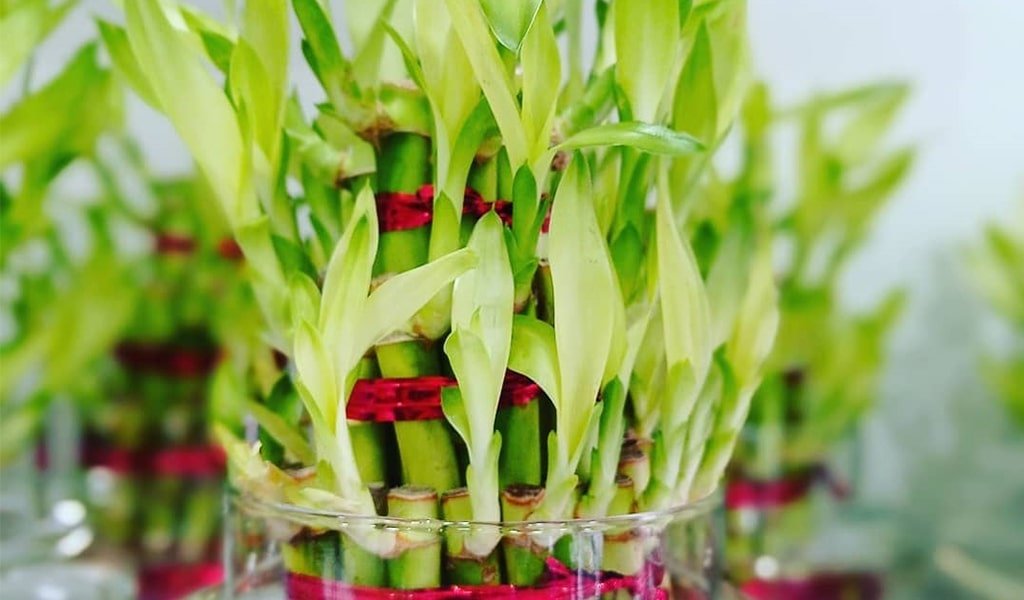
Lucky bamboo may be a blossoming plant within the family “Asparagaceae.” It is local to Central Africa. Lucky bamboo could be a family plant known to extend Feng Shui. This plant could be a favorite business to deliver as blessings.
Lucky log bamboo is typical of a solid life that’s filled with thriving. Lucky bamboo makes an ideal indoor plant. It brings success, great luckiness, and money. It is greatly flexible in how it can be developed and formed and makes for great discussion filtration.
It is accepted that by this plant, you’ll be able to get free of monetary hassles and accomplish thriving. Keep the bamboo plant within the east corner.
- Soil: The soil ought to be kept wet but not drenching. Lucky bamboo can be developed in a well-drained, wealthy preparing soil.
- Water: Adding as well much water to the soil can adversely affect the plant’s development. Water the soil when the beat inch of the soil is dry.
- Light: Lucky bamboo requires direct or circuitous daylight. Coordinate daylight will burn the leaves.
7. Golden Pothos
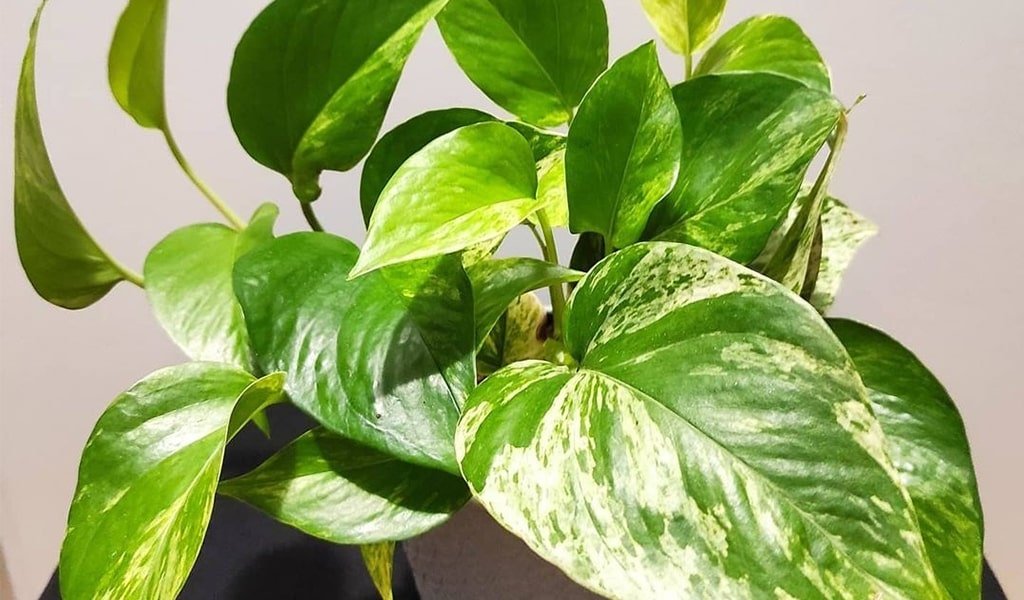
Golden pothos is the sort of family “Araceae.” This plant can be local to the Society Islands of French. The Brilliant Pothos, known for its heart-shaped green leaves with variegation in yellow, is one of the leading feng shui plants since it produces a positive vitality stream that pulls in great luckiness and riches.
In great indoor conditions, you’ll anticipate the Brilliant Pothos to the path to 9.5 feet long. Concurring to Feng Shui ranges, just like the tops of cabinets and corners gather dead vitality that can confine a home’s inspiration.
Setting a brilliant pothos there soothes you on this issue since they reestablish positive vitality conjointly are exceptionally simple to care. The plants moreover act as discuss purifiers.
- Soil: In planting, this plant utilizes a soil-based preparing blend. And develop in ripe and wet but well-depleted soil.
- Water: To accomplish this watering strategy permit as it was the best two inches to dry, being beyond any doubt that the roots are still saturated. At that point, after water it.
- Light: Golden Pothos endures moo light. They do not do well in direct sunlight since the sun will burn the foliage.
8. Carmona

Carmona could be a class of blooming plants within the “borage family.” This tree is local to parts of “Japan.” It has glossy, waxy, and green foliage. Carmona is another celebrated Feng Shui plant known for starting great luckiness.
The plant develops lovely and fragrant white blossoms. It is a promising air-purifying plant. The plant is accepted to bring great luckiness and agreement. Succulent plants serve as an update of the significance of making the foremost favorable conditions for one to thrive.
- Soil: In planting, this plant utilizes a soil blend that both channels well and holds dampness.
- Water: Water your tree liberally as before long, as the soil surface gets dry, but it not be left in overabundance water. Watch out not to overwater since damp soil can moreover hurt it.
- Light: This plant needs a parcel of light.
9. Ficus Microcarpa
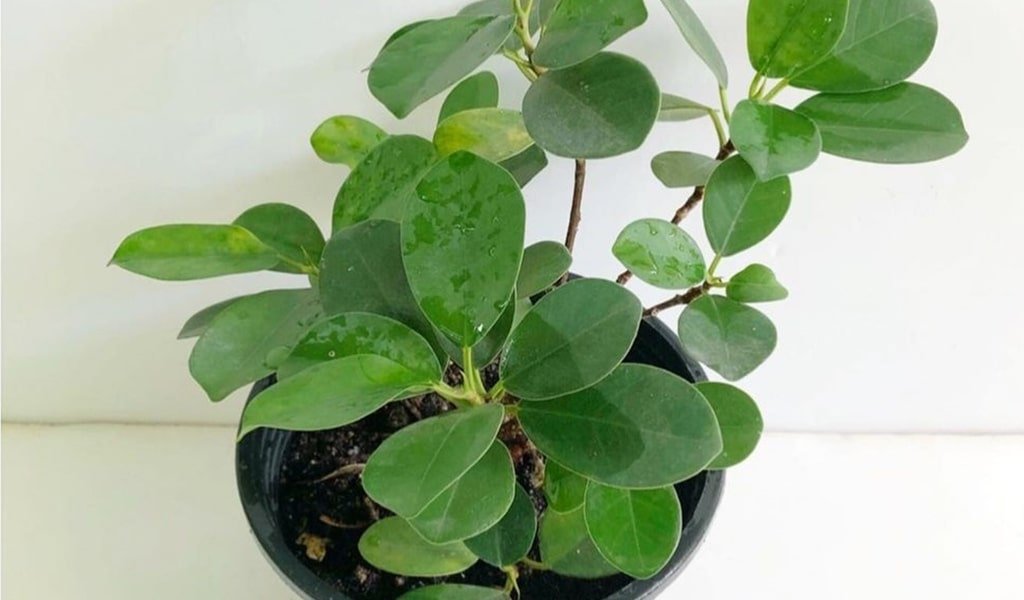
Ficus Microcarpa could be a genus of the family “Moraceae.” It is local in a range from China and Australia. This plant is often a great domestic plant for individuals looking to fiddle in bonsai.
In Feng Shui, Ficus Microcarpa is considered a great luckiness plant. It was found exceptionally compelling in moving forward indoor discuss quality by evacuating formaldehyde, xylene and toluene.
- Soil: A Ficus Microcarpa needs well-draining, prolific soil. Soil-based preparing blends ought to work well for this plant and give the supplements it needs.
- Water: Allow the best half of the preparing blend to dry sometimes, recently watering once more. Water each 2 – 3 weeks within the Spring and Summer months.
- Light: 600 to 700 F has been culminating temperature for this plant.
10. Spider Plant
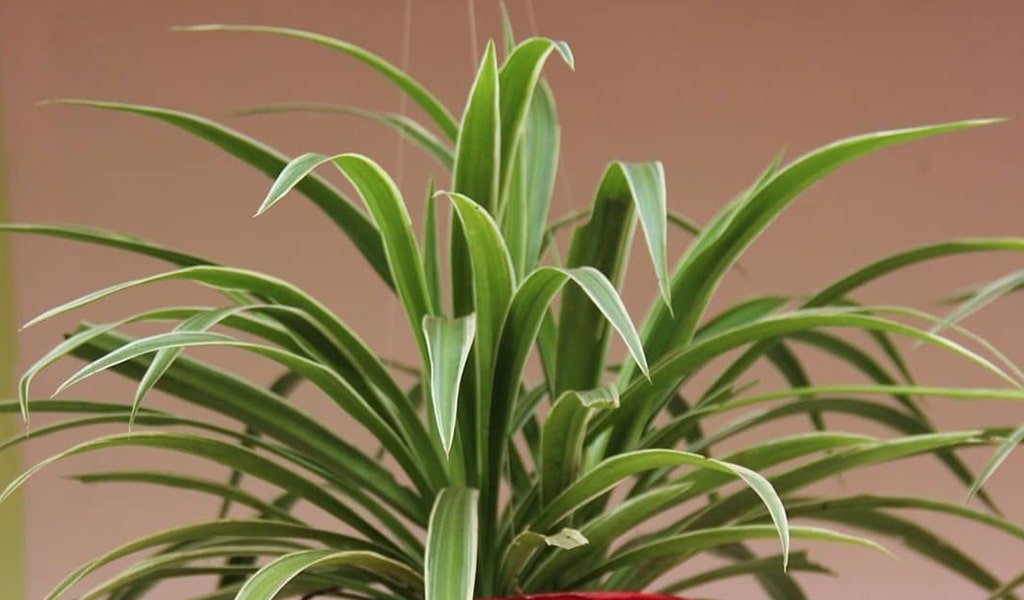 The spider plant is the sort of family “Asparagaceae.” This plant is successful in cleaning formaldehyde, xylene and toluene. It progresses indoor discussion quality and diminishes push. Insect plants as one of the best assortments for evacuating VOCs and other toxins from the indoor discussion.
The spider plant is the sort of family “Asparagaceae.” This plant is successful in cleaning formaldehyde, xylene and toluene. It progresses indoor discussion quality and diminishes push. Insect plants as one of the best assortments for evacuating VOCs and other toxins from the indoor discussion.
It can offer assistance to diminish stretch and progress concentration. Creepy crawly plants develop reasonably rapidly and can effortlessly get to be pot bound.
- Soil: This plant requires a well-draining preparing blend. Creepy crawly plants like damp soil indeed.
- Water: If the beat 1 inch or so of soil is dry, it’s time to water. Water them well, but don’t permit the plants to end up as well soggy.
- Light: Spider plants don’t appreciate coordinate, hot daylight. Put the plants in shinning to direct roundabout daylight.
Also Read: Beginner’s Guide To Growing And Caring Spider Plant
Have some questions or suggestions? Use our comments section on this blog! You can feel free to leave a comment or two down below, and we’ll get back to you as soon as possible!
We love reading your messages……

